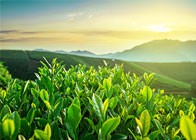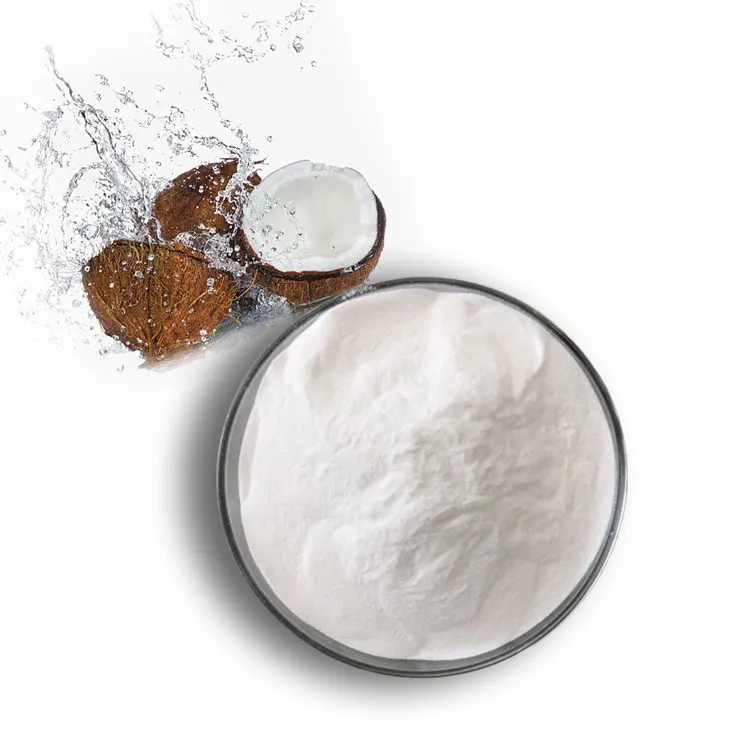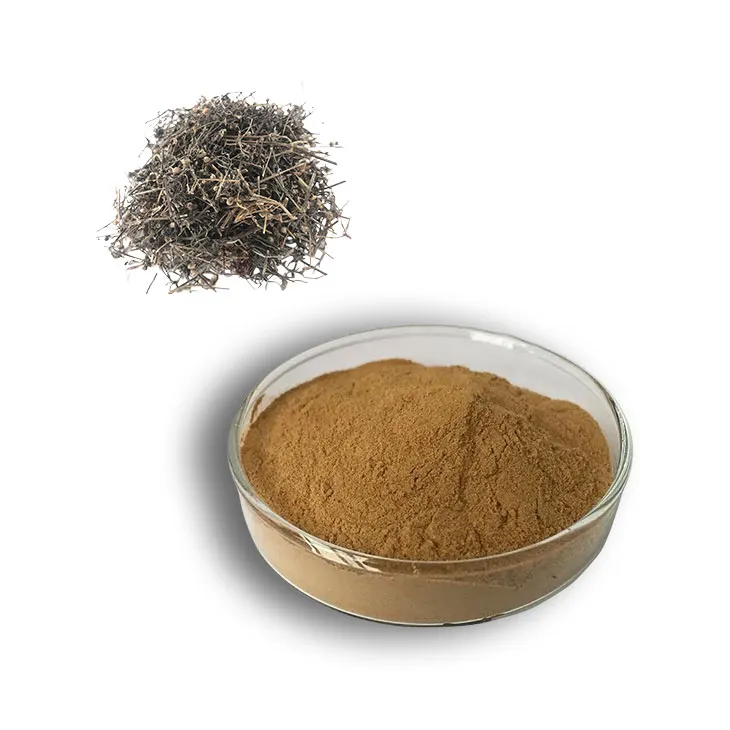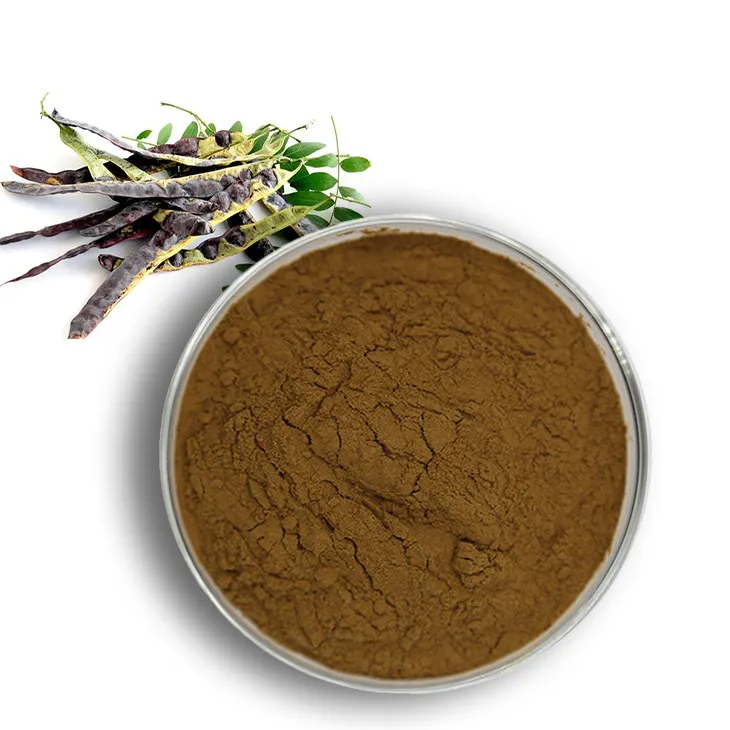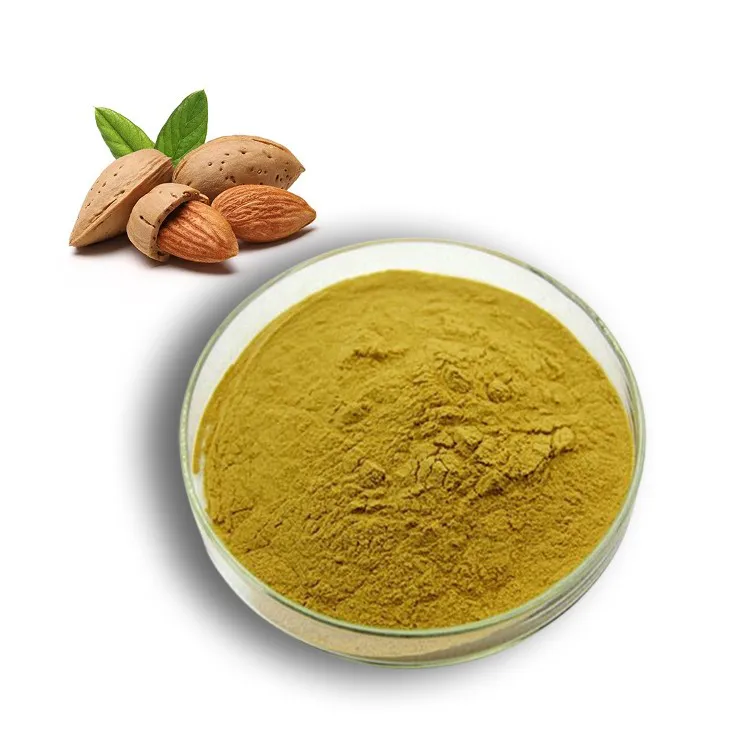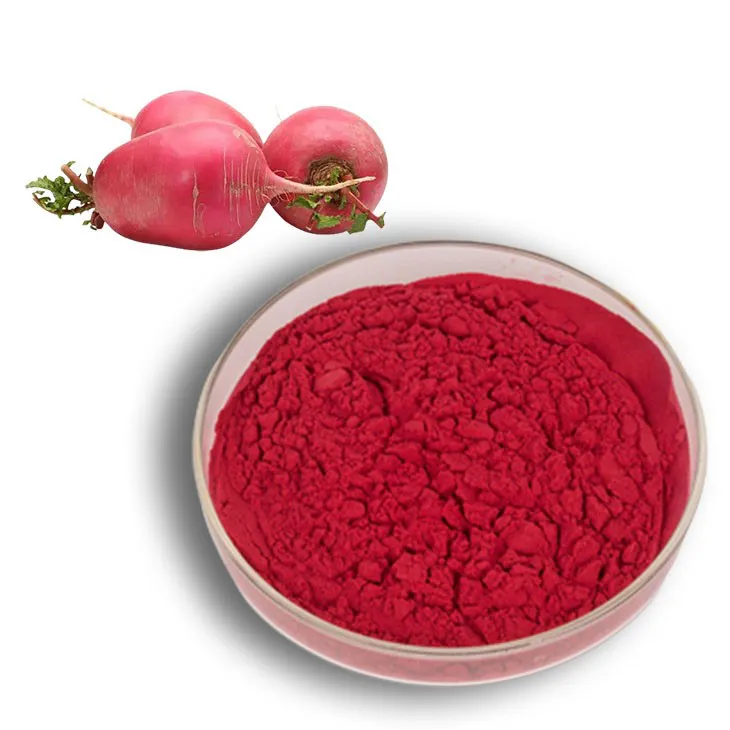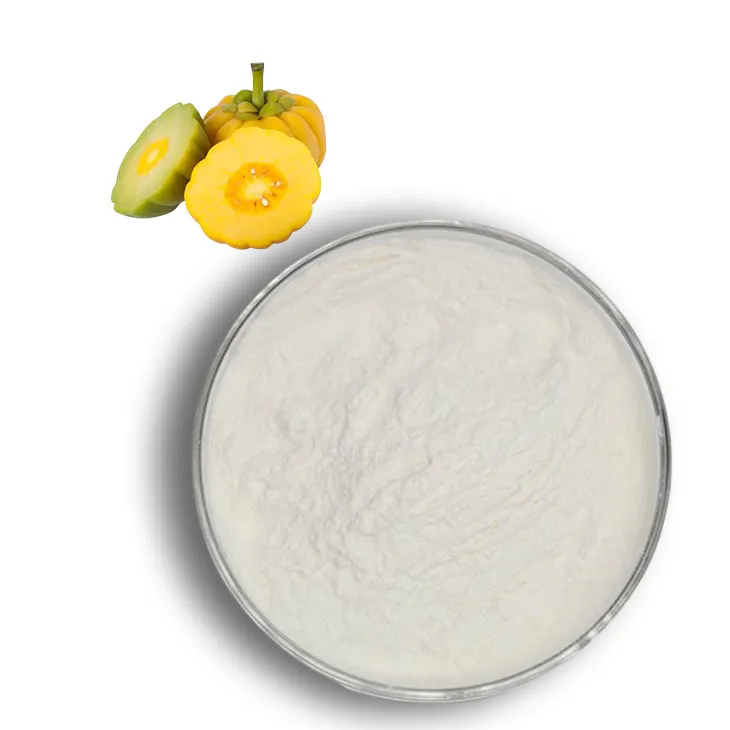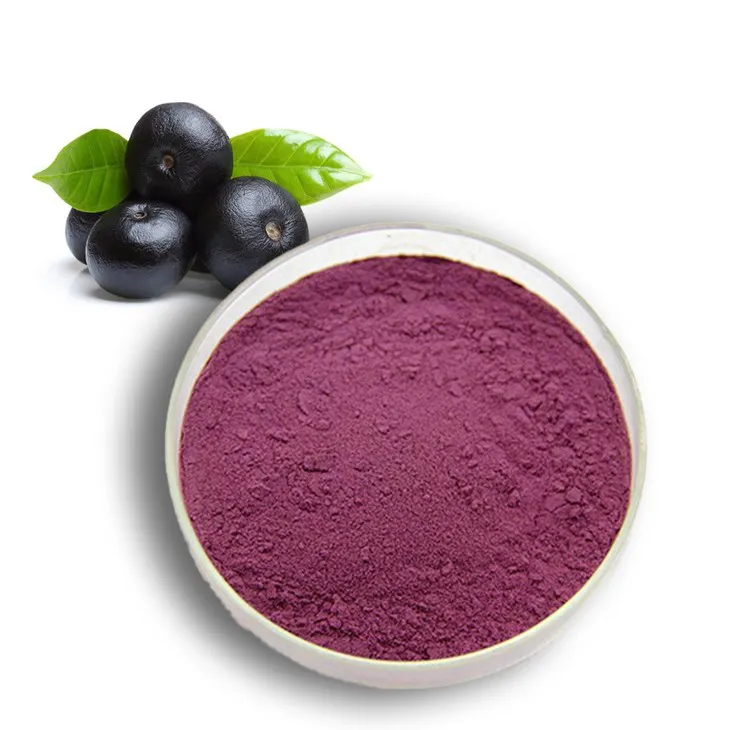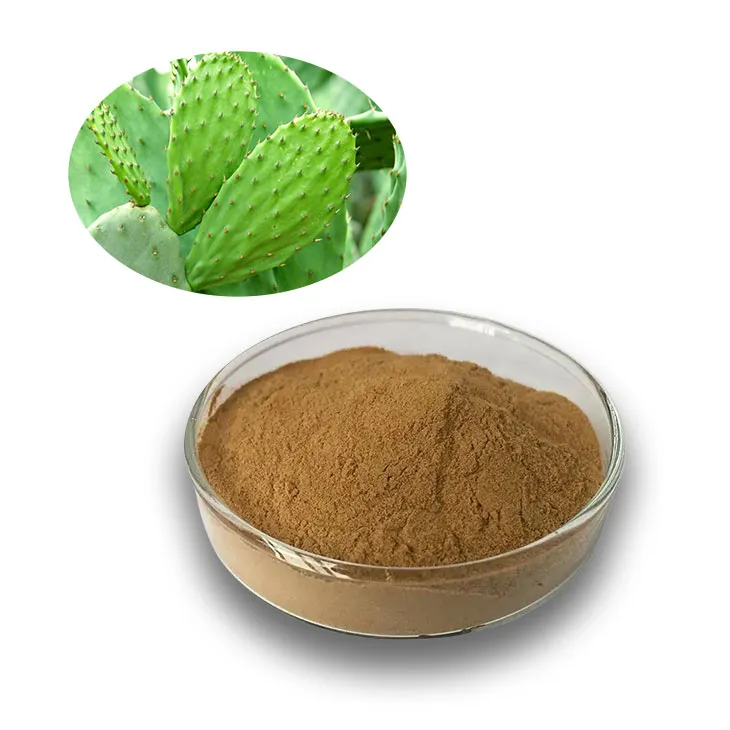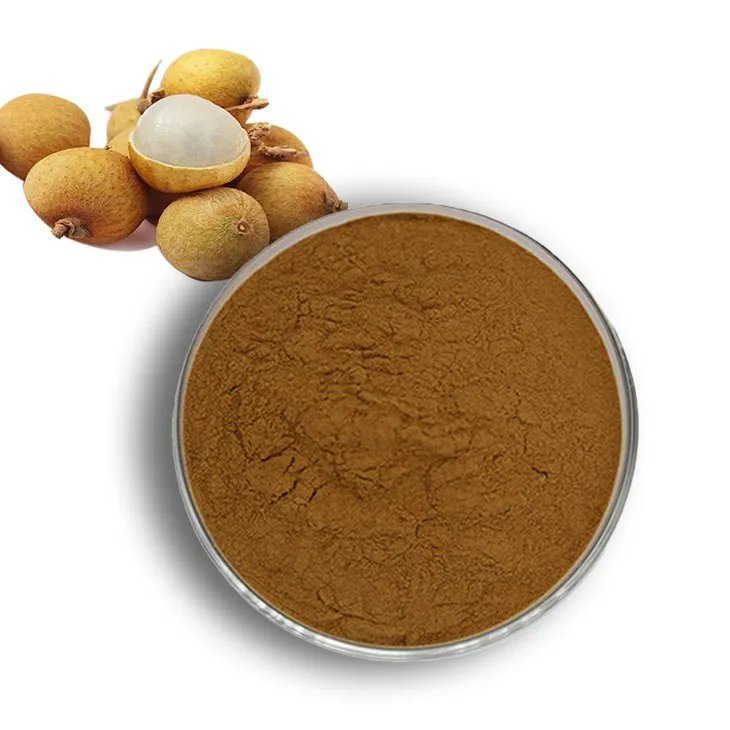- 0086-571-85302990
- sales@greenskybio.com
How Much Luteolin Is in Artichoke Extract? An In-depth Analysis
2025-06-08
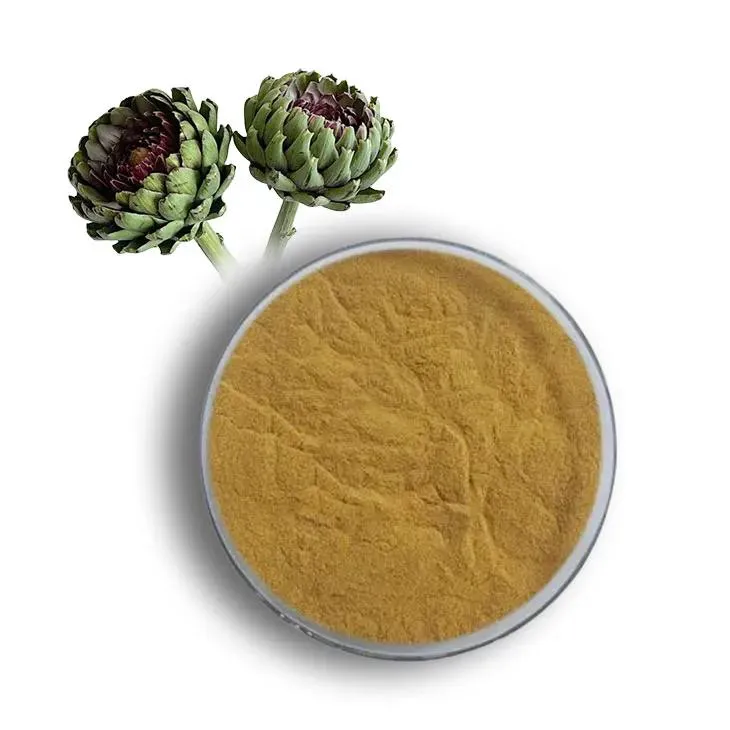
Luteolin is a naturally occurring flavonoid distributed widely in plants, renowned for its antioxidant, anti-inflammatory, and neuroprotective properties. Among dietary sources, the artichoke (Cynara scolymus) is highly regarded for supplying an array of beneficial polyphenols, including cynarin, chlorogenic acids, and importantly, significant quantities of luteolin. As Artichoke Extracts grow in popularity both as herbal supplements and functional food ingredients, an essential question for consumers, researchers, and healthcare providers is: how much luteolin is actually present in Artichoke Extract?
Understanding Luteolin and Artichoke
Luteolin belongs to the flavone subgroup of flavonoids and is credited with supporting cellular defense against oxidative stress, modulating immune activity, and contributing to cardiovascular and neurological health. In plants, luteolin often exists alongside its glycosylated forms (luteolin glycosides), which affect how the compound is absorbed and metabolized in the body.
The artichoke plant is notable for its exceptionally rich concentration of polyphenols, particularly in its leaves, which are the principal raw material for most commercial Artichoke Extracts. Traditionally used to aid digestion and liver function, artichoke is now widely consumed for its purported antioxidant, lipid-lowering, and cholesterol-balancing effects. Luteolin plays a substantial role in these effects and contributes to artichoke’s overall health benefits.
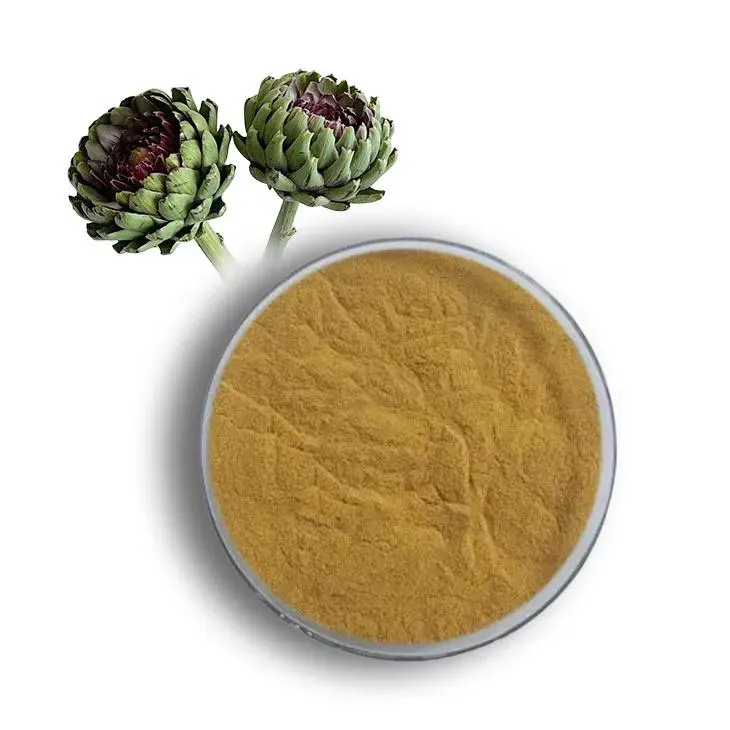
Luteolin Content in Whole Artichoke
In the raw plant, especially the leaves, luteolin occurs primarily as luteolin-7-O-glucoside and in other glycosylated forms. The actual concentration of luteolin in whole artichoke can vary dramatically, depending on factors like plant variety, maturity, growing conditions, and which part of the plant is used.
Research demonstrates that artichoke leaves may contain anywhere from 25 to 250 milligrams of total luteolin and its glycosides per 100 grams of dry weight. In contrast, the edible flower heads (globe) tend to have much lower luteolin concentrations, often below 30 or 40 milligrams per 100 grams dry weight. However, most dietary supplements do not use the flower head; instead, they are manufactured from concentrated leaf extracts, which can further alter the luteolin content.
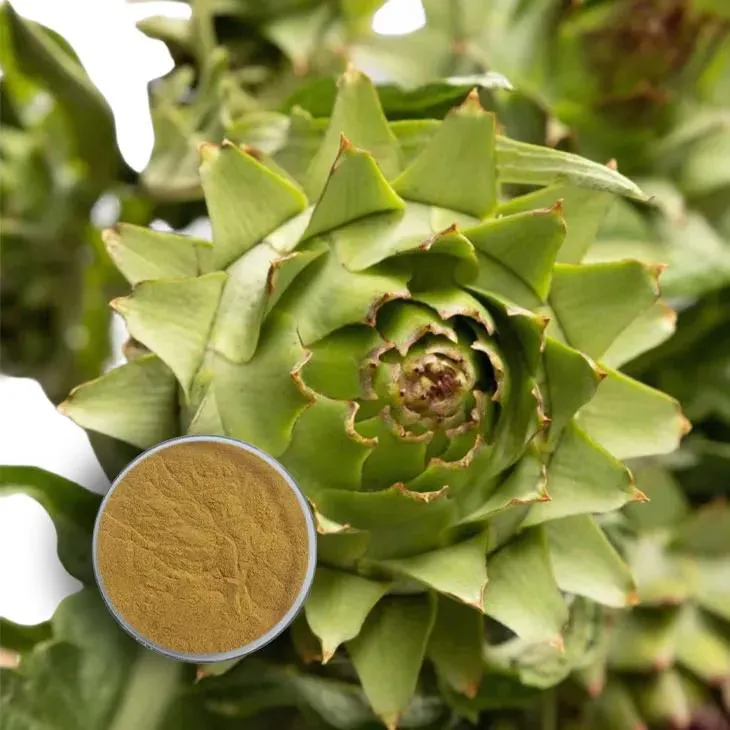
Artichoke Extract: Extraction Method and Luteolin Concentration
The production of artichoke extract for supplements involves extracting bioactive compounds from the dried leaf with various solvents, including water, ethanol, or a mixture (hydroalcoholic solutions). The choice of solvent significantly affects luteolin yield. Ethanol and hydroalcoholic methods are generally superior at extracting flavonoids like luteolin.
Another major variable is the extract’s concentration ratio (for example, a 10:1 extract means 10 grams of raw leaf are concentrated to 1 gram of extract) or standardization for key compounds. Some Artichoke Leaf Extracts are standardized for cynarin or total caffeoylquinic acids, but relatively few are standardized specifically for luteolin content.
Typical luteolin concentrations in commercially available Artichoke Leaf Extracts usually fall in the range of 0.2% to 1% by dry weight, sometimes higher for advanced extraction and purification methods. This means:
- A 500 mg capsule or tablet of artichoke extract generally delivers about 1 to 5 milligrams of luteolin, depending on extract quality and standardization.
- Some highly purified extracts may contain 2% or higher luteolin content, theoretically providing 10 mg or more per 500 mg serving, but these are uncommon and often marketed for their enhanced polyphenol content.
It should be noted that the vast majority of artichoke supplements on the market do not specify luteolin content, focusing instead on total polyphenols or other markers like cynarin.
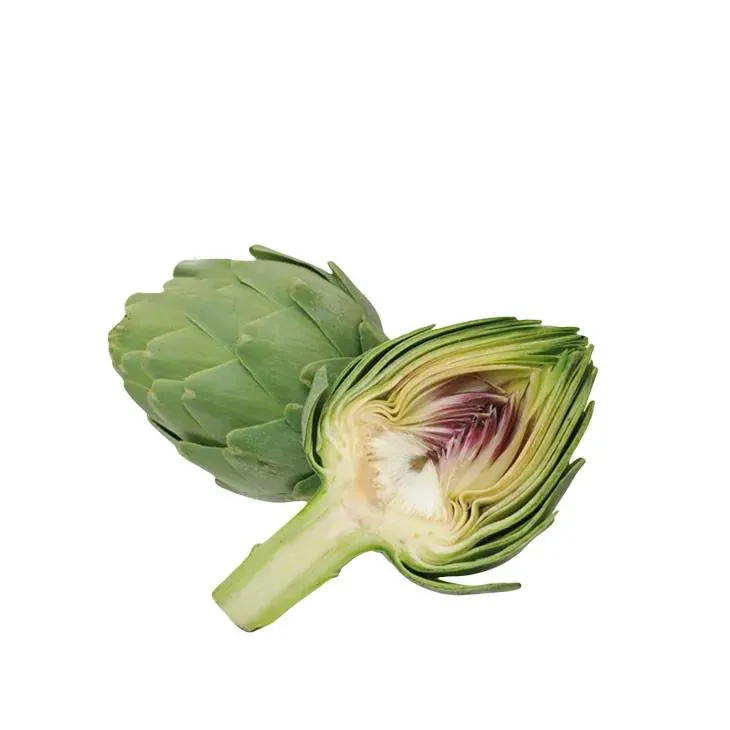
Variability in Luteolin Content
Several factors contribute to the variability in luteolin content found in artichoke extracts:
- The specific cultivar of artichoke: Different strains have distinct polyphenol profiles.
- Stage of harvest: Younger leaves typically contain more flavonoids than older, mature leaves.
- Environmental factors: Soil, climate, and agricultural practices influence the polyphenol content.
- Processing and storage: Exposure to heat, light, and prolonged storage can degrade luteolin and other flavonoids.
- Extraction and standardization practices: Products that are standardized for total flavonoids or specifically for luteolin content offer the most reliability.
Practical Implications for Consumers
Although there is no official recommended dietary allowance for luteolin, studies evaluating the beneficial effects of this flavonoid in humans and animals typically use doses anywhere from a few milligrams to upward of 50 mg per day. The average dose of luteolin delivered by a standard artichoke extract supplement (usually 1-5 mg per serving) is at the low end of this range, yet may still contribute significantly, especially in combination with other dietary sources or flavonoids.
Anyone seeking to maximize luteolin intake from artichoke should consider choosing supplements that specify standardized luteolin content or those especially marketed for high polyphenol concentrations.
Conclusion
Artichoke extract is recognized as a valuable natural source of luteolin, in addition to a variety of other phytochemicals with health-promoting properties. While leafy artichoke extracts generally provide 0.2% to 1% luteolin by weight—translating to about 1 to 5 mg per 500 mg supplement dose—the actual content can vary widely depending on a host of botanical, processing, and manufacturing factors. For consumers interested in targeting luteolin intake for specific health purposes, seeking out artichoke extracts with known or lab-certified luteolin content is recommended. As scientific understanding of this powerful flavonoid grows, artichoke extract remains a convenient and effective option for dietary polyphenol supplementation.
+
- ▶ Hesperidin
- ▶ Citrus Bioflavonoids
- ▶ Plant Extract
- ▶ lycopene
- ▶ Diosmin
- ▶ Grape seed extract
- ▶ Sea buckthorn Juice Powder
- ▶ Fruit Juice Powder
- ▶ Hops Extract
- ▶ Artichoke Extract
- ▶ Mushroom extract
- ▶ Astaxanthin
- ▶ Green Tea Extract
- ▶ Curcumin
- ▶ Horse Chestnut Extract
- ▶ Other Product
- ▶ Boswellia Serrata Extract
- ▶ Resveratrol
- ▶ Marigold Extract
- ▶ Grape Leaf Extract
- ▶ New Product
- ▶ Aminolevulinic acid
- ▶ Cranberry Extract
- ▶ Red Yeast Rice
- ▶ Red Wine Extract
-
Coconut Water Powder
2025-06-08
-
Hedyotis Diffusa Extract
2025-06-08
-
Saponin Extract
2025-06-08
-
Almond Extract Powder
2025-06-08
-
Beetroot Powder
2025-06-08
-
Garcinia Cambogia Extract
2025-06-08
-
Pine bark Extract Powder
2025-06-08
-
Acai Berry Extract
2025-06-08
-
Cactus Extract
2025-06-08
-
Longan Extract
2025-06-08

